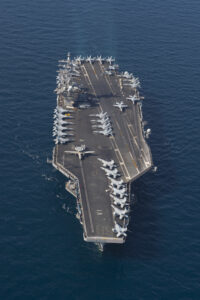
CVN 69 in the Eastern Mediterranean
On Friday, April 26, the U.S. Navy announced USS Dwight D. Eisenhower (CVN 69) deployed to the Eastern Mediterranean. Ike and USS Gravely (DDG 107)

On Friday, April 26, the U.S. Navy announced USS Dwight D. Eisenhower (CVN 69) deployed to the Eastern Mediterranean. Ike and USS Gravely (DDG 107)
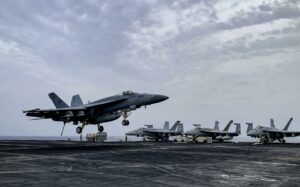
Since arriving in the Middle East on November 4th, The USS Dwight D. Eisenhower (CVN 69) Strike Group has been battling drone attacks and efforts
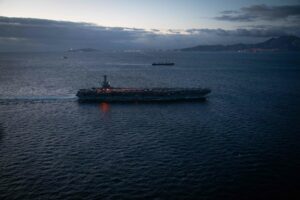
The USS Gerald R. Ford (CVN 78) Carrier Strike Group (CSG) returned on January 18th from its maiden deployment after an extension in the eastern
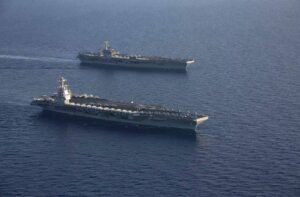
Captain Brian Metcalf, Program Manager for New CVN Construction said the Ford-class is slated to cost about $5 billion per ship less than its predecessor,
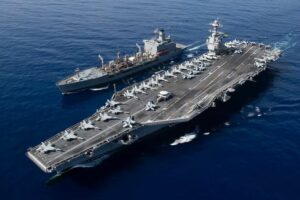
The DoD released a statement on October 24th reaffirming the United States’ commitment to ensuring the security of its partners.
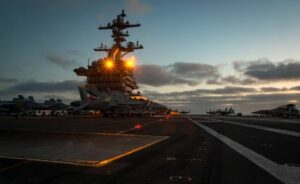
The aircraft carrier Carl Vinson and its carrier strike group recently departed San Diego and is heading to the Indo-Pacific.
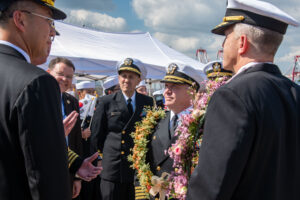
The U.S. Navy’s only forward-deployed aircraft carrier, USS Ronald Reagan (CVN 76) led Carrier Strike Group 5 to the Republic of Korea (ROK) for a port visit Oct. 12.

The Navy is confident in its supply chain and the availability of spare parts to build and sustain its aircraft carriers, as the lead ship in the Gerald R. Ford class gears up for its first deployment, two service officials said last week.
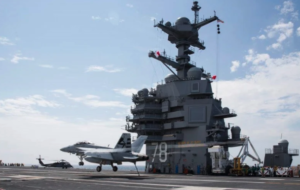
“We can move more weapons in a safer way, a faster way to a flight deck that is larger and more flexible. And that all contributes to the kind of agility, lethality, and flexibility the Ford brings to the fight,” Rear Adm. Clapperton, Commander Strike Group 12, said of CVN 78.
Stay up to date with ACIBC and industry news by signing up to receive our email alerts.